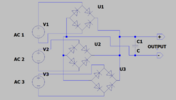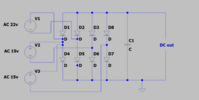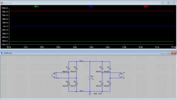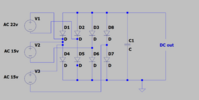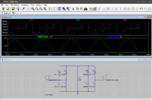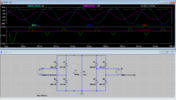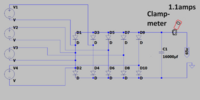I wanted to know if there would be any difference in outcome with these two different designs of rectifier? The coils are not in phase or equal inductance or turns something tells me to do separate bridge rectifiers but I wanted a second opinion, cheers
Scott
Scott
